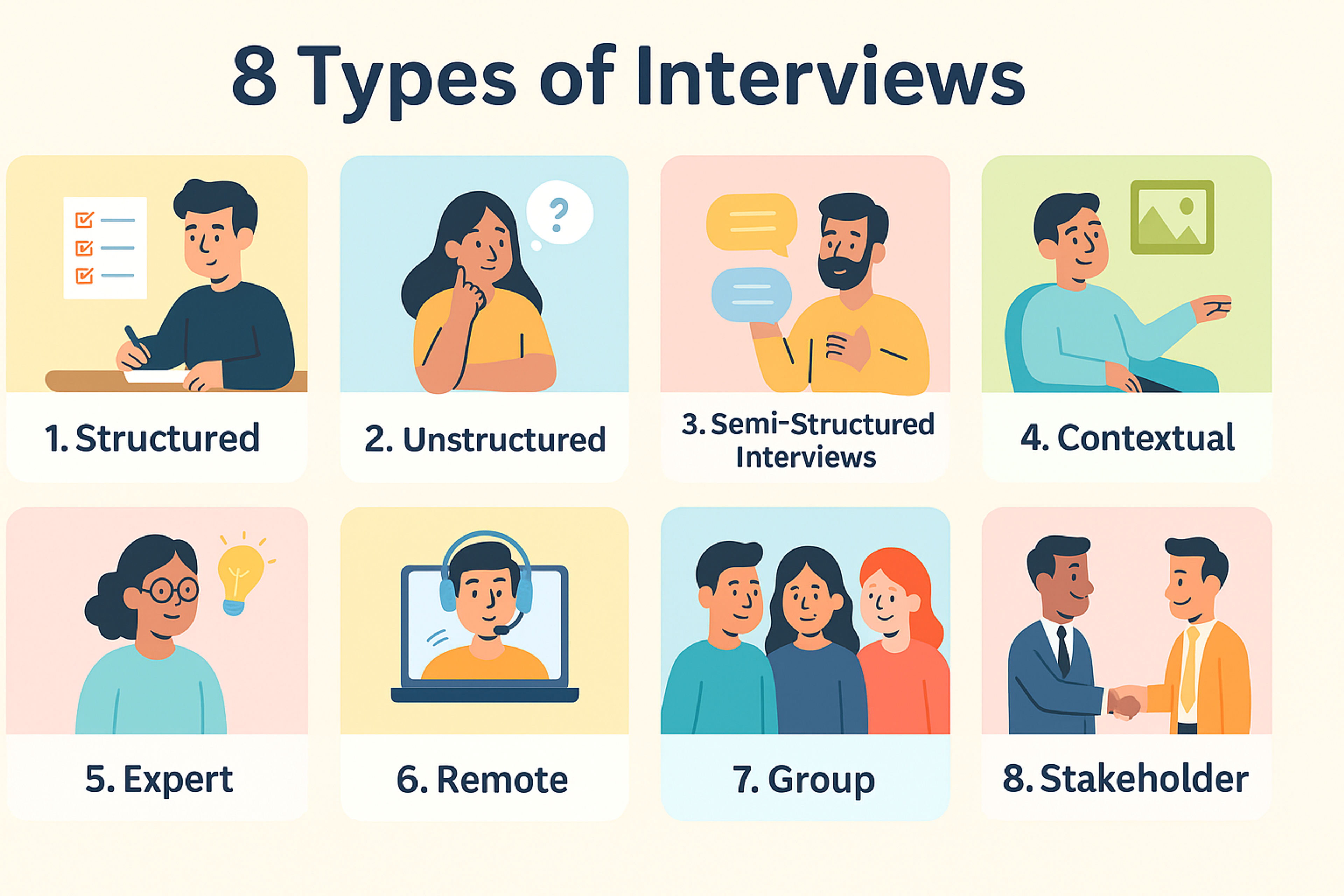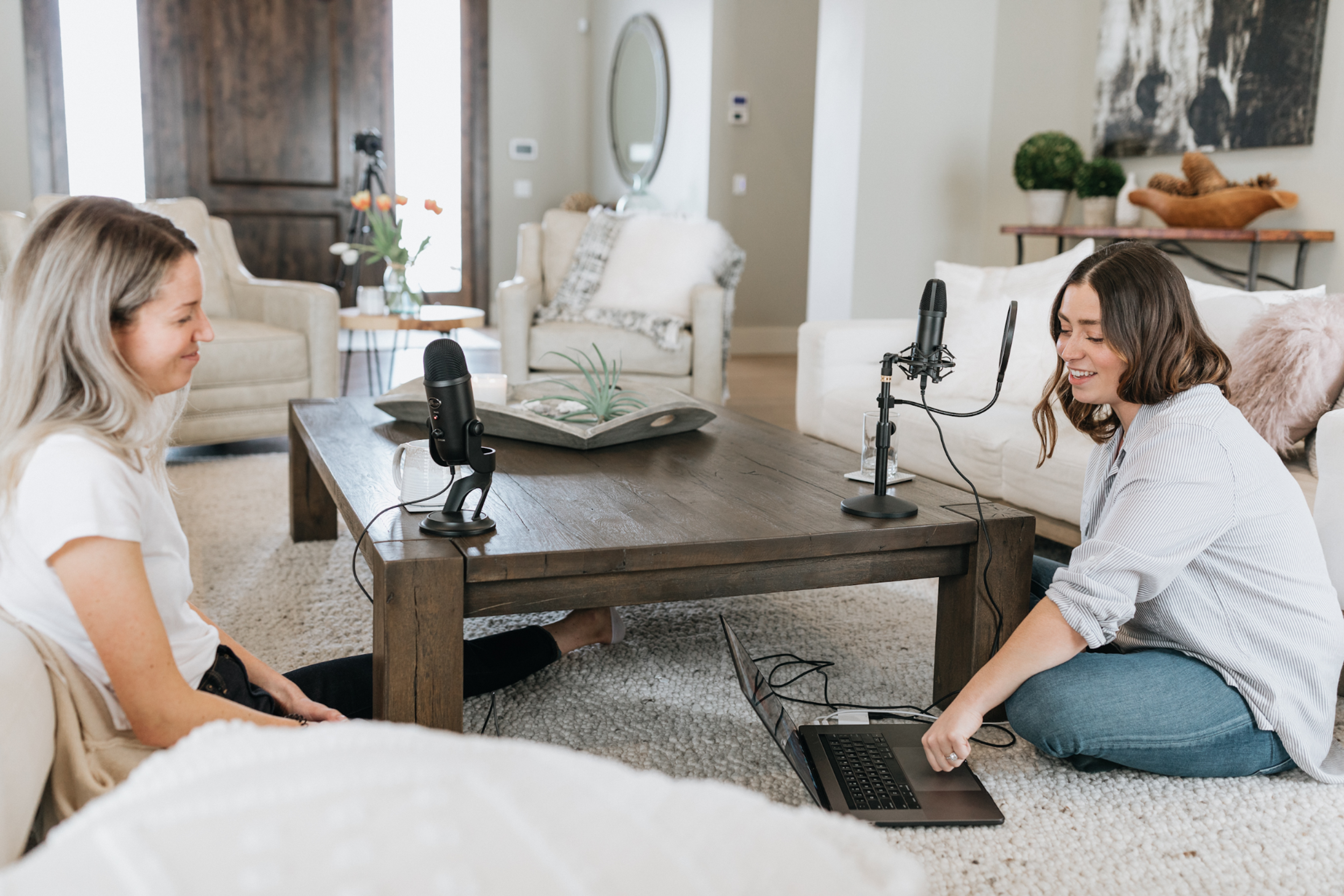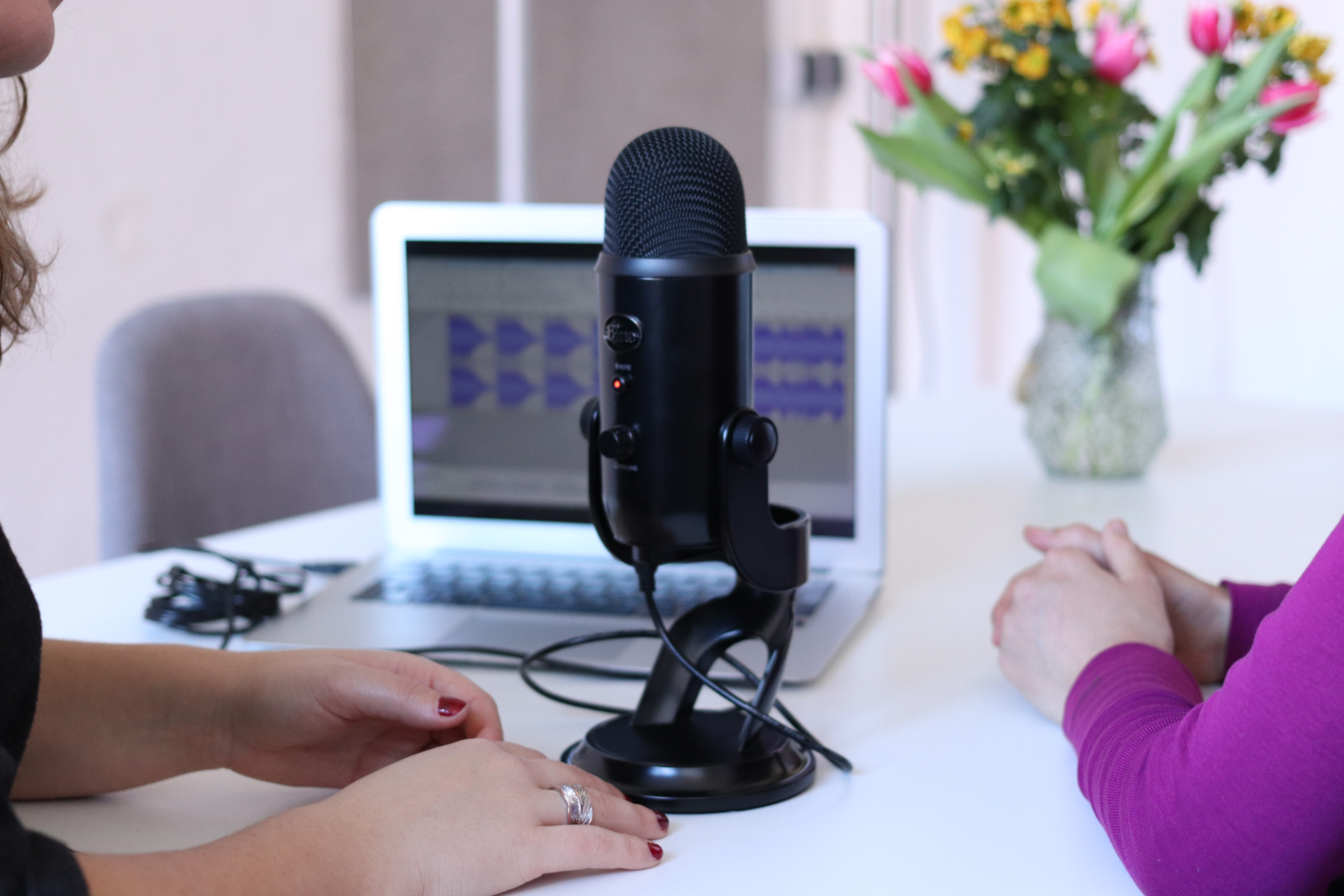Want to build better products? Start by talking to your users.
User interviews help you understand what people need, what they like, and how they use your product. These conversations give you honest feedback. You can find out what works well and what needs fixing.
When you talk to real users, you learn how they think and what matters to them. This helps your team make smarter choices and avoid guesswork.
User interviews are also a strong way to do research. They give you deep insights that surveys or data alone might miss. They’re just as useful as focus groups, but more personal and direct.
To get the most out of these interviews, timing is key. You need to know when to do them and how to ask the right questions.
This guide will explain why user interviews matter, when to run them, and how to make each one successful.
Key Takeaways
User interviews are a powerful way to improve products. They help teams understand what users need, like, and struggle with. Here are the key reasons why user interviews matter and how they help:
1.
They Reveal What Works and What Doesn’t
User interviews show which parts of a product people enjoy and where they get stuck or confused.2.
They Help Teams Make Smart Choices
Talking to users removes guesswork and helps teams focus on features that actually matter.3.
They Go Deeper Than Data
Interviews provide personal stories and honest feedback that surveys or analytics can miss.4.
They Strengthen Product Design
Teams learn how people think and act, leading to better and more user-friendly products.5.
They Save Time and Money
Catching problems early through interviews avoids costly changes later in the process.
User interviews aren’t just helpful — they’re essential. They guide better decisions, lead to stronger products, and keep users at the heart of the design process.
What Are User Interviews and Why Do They Matter
User interviews form an integral part of every product development cycle. These user interviews are a qualitative research method involving talking directly with end-users about their requirements, expectations, and desires regarding a given application or system.
Through this, companies can know how people interact with systems and what could improve their functionalities. In other words, user interviews help gather consumer input. Still, it does not stop there because organizations also need insights into usage patterns to create new elements, fix existing ones, adjust pricing models, and pack according to demand patterns.
Do You Know Your Users?

Depending on its complexity, size, and mission, conducting many interviews at different stages during a project may be necessary. Therefore, as time goes by during projects, these conversations should provide numbers together with qualities that can guide decisions relating to design method testing strategy prioritization features, among other things.
The data collected from user interviews can vary in quality depending on the interviewer's skill, and it is crucial to avoid leading UX research questions to maintain validity.
Additionally, once analyzed, user surveys and interviews highlight bottlenecks or unique opportunities that might have been missed otherwise. Conversing with real people throughout development allows teams to use their feedback to determine where the product should go, ensuring its success within the market.
In general, user interviews remain vital steps in any successful product life cycle such as this since they give you a clue about what works and what doesn’t, enabling your team to optimize its products accordingly.
Advantages of Conducting User Interviews
There are various benefits to interviewing users within a product development setting, the most notable being that it provides direct input, which is invaluable in understanding their needs and wants.
Recruiting and engaging interview participants is crucial to ensure a representative sample of users and gather meaningful insights. The information gathered during these sessions can help organizations learn more about usability feature prioritization.
Another advantage of this approach is that you can test different concepts or prototypes before launching them as products/services. When users participate in interviews, companies can obtain feedback on potential ideas for improvement to adapt before release, especially where several versions have been developed over time.
Participants in user interviews can earn varying pay rates depending on the study and their specialization, with payment options including cash and gift cards.
How to Conduct User Interviews

Finally, user interviews can help firms gain customer loyalty through developing user relationships. Product groups can establish valuable connections that contribute to the betterment of their products and increase customer satisfaction levels by talking to them during all the phases of development, from idea generation to launching.
When to Conduct User Interviews
The timing of user interviews is key to ensuring their success. Different types of user interview studies are conducted at various stages of product development. User interviews studies can be conducted at different stages of product development, from initial concept testing to post-launch feedback.
To get the most out of these conversations, planning for them strategically and conducting them at key points in the product development cycle is important. That way, teams can get the data they need to make informed decisions about future development.
Effective user interviews can be invaluable tools for any product or user research team. They allow you to gain insight into what your users want and need and provide feedback on existing features and products to make informed decisions about future development. In addition, such interviews present opportunities for building customer relationships and ensuring market success by testing ideas before launch.
8 Types of User Interviews
8 Types of User Interviews

1.
Structured vs. Unstructured Interviews: Structured interviews stick to a set list of UX research questions, making it easy to compare answers across different participants. This method is great for gathering specific information efficiently and ensuring consistency. Everyone gets the same questions in the same order, which helps keep things objective and straightforward.
On the other hand, unstructured interviews are more open-ended and flexible, allowing the conversation to flow naturally. Instead of following a script, the interviewer adapts to the participant’s responses, which can lead to deeper insights and make it harder to analyze data consistently.
Choosing between the two depends on the goal — structured interviews work well when you need clear, comparable answers, while unstructured interviews are better for exploring new ideas and gaining a deeper understanding of people’s thoughts and experiences.2.
Semi-Structured Interviews: Combining predetermined and open-ended UX research questions, semi-structured interviews provide the flexibility to explore broader themes and follow interesting leads while maintaining some structure. They are widely used in UX research to balance depth and consistency.3.
Unstructured Interviews: Unstructured interviews are informal and conversational, allowing the interviewer to explore topics in-depth as they arise during the conversation. This type of interview is useful for discovering unexpected insights and gaining a deeper understanding of user behaviors and motivations.4.
Contextual Interviews: In the user’s environment, contextual interviews involve observing and interacting with users as they perform tasks. This approach helps researchers understand the context in which users operate and identify real-world challenges and opportunities.5.
Expert Interviews: Expert interviews involve speaking with individuals who have specialized knowledge or expertise in a particular area. These interviews provide deep insights and informed opinions that can enhance understanding of complex topics.6.
Remote Interviews: Remote interviews are conducted via phone or online platforms, allowing flexibility in scheduling and access to participants regardless of location. These convenient interviews yield valuable insights despite the lack of face-to-face interaction.7.
Group Interviews: Group interviews involve discussions with multiple participants simultaneously, allowing the interviewer to gather collective feedback and observe interactions between group members. These sessions can uncover diverse perspectives and common themes.8.
Focus Groups: These involve discussions with multiple participants to gather collective feedback. They can be conducted in person or online.9.
In-Person Focus Groups: These are market research studies conducted physically in specific locations or participants' local areas.10.
Online Focus Groups: These gather 3-8 people in an online meeting led by a moderator to provide feedback about a company, product, or service.11.
Stakeholder Interviews: Stakeholder interviews are conducted with individuals who have a vested interest in the project's outcome, such as clients, team members, or partners. These interviews aim to understand their needs, expectations, and concerns to ensure all viewpoints are considered in decision-making.
How Long Should a User Interview Be?
The length of a user interview depends on the research goals, the depth of insights needed, and the participant’s availability. Striking the right balance is key to keeping the conversation engaging while gathering meaningful information.
Short Interviews (15-30 minutes)
These are great for quick usability feedback, screening participants, or focusing on a single feature. Short interviews work well when you need high-level insights without overwhelming users. They’re also ideal when talking to busy professionals who may not have time for a longer session.
Standard Interviews (30-60 minutes)
This is the most common length for user interviews, offering enough time for an in-depth discussion while keeping participants engaged. It allows space for follow-up UX research questions and a natural conversation flow without feeling rushed. These interviews are ideal for exploring user behavior, pain points, and motivations.
Long Interviews (60-90 minutes)
For more complex studies, longer interviews may be necessary. These are useful when diving deep into workflows, user habits, or multi-step processes. However, longer sessions can lead to participant fatigue, so it’s important to structure them carefully and allow breaks if needed.
Finding the Right Balance
A well-planned interview should respect the participant’s time while still allowing for meaningful insights. Keeping things structured but flexible helps ensure you get valuable feedback without making the session feel like a chore. Usually, 30 to 60 minutes is the sweet spot for a productive conversation.
User Interview, User Research & UX: A Qualitative Research Method
User interviews are vital for any UX team because of their ability to give direct feedback from the end users. User interviews are one of the many research methods used in user research. Talking with real people who use a product or service team gives insights about how they interact with it and what should be improved.
User interviews should be held at various development stages, from the idea stage to the post-launch phase. This will enable designers to choose elements of design usability testing strategies, among others, based on feedback received through different channels during these periods.
Focusing on writing user interview questions that are dialogue-provoking and neutral is crucial. Avoiding leading UX research questions and using open-ended inquiries can foster richer insights into user experiences.
A user interview review highlights the platform’s earning potential, with participants making between $50 to $150 per hour, and discusses its pros, cons, and legitimacy.
One method used in UX research is user interviews, which help understand users' needs and motivations. This involves gaining a deep understanding of users’ experience with a product or service, where they use it, when they use it, why they don’t like it, etc.
This provides information on desirable/undesirable features according to them, what works and does not work currently (status quo), and opportunities for improvements and new feature requirements, if any. Thus, it indicates whether current solutions meet customers' demands. Such an approach allows designers to develop solutions tailored to user experience. The key is to avoid common mistakes.
Things to Avoid During a User Interview

Through direct contact between researchers and consumers during research processes, the user research team can easily identify areas where improvement could be realized within the company. Therefore, businesses can determine what works to optimize their products based on customers’ responses from these sessions.
Additionally, qualitative data like customer sentiment may be difficult to measure using traditional analytics. Still, this information is easily obtained through user interviews, making it necessary for organizations to engage in them often.
User interviews also help foster stronger relationships between customers and businesses, leading to higher retention rates and increased revenues over time for a given service or product.
During the development phase, UX teams should talk to users, showing them that their input matters greatly in ensuring a good overall experience. This will create strong bonds between clients, enhancing brand loyalty since they feel valued during such moments.
User interviews can help indicate design and feature prioritization decisions at the start of a project. Teams can learn from people who have used comparable products or services to determine which features are most important to them as customers and which may not be needed. This helps set achievable targets and, accordingly, rank features.
While a project is being developed, user interviews with participants should also be conducted during the usability research and testing phases. Testers should be asked how they feel about certain product parts — such as navigation or features — during this time and what features would make their experience smoother and more satisfying.
Finally, post-launch user interviews can help understand how customers use the product after its release and where further improvement may still be needed.
By talking to real users once you’ve launched your service or product, you can learn much more about their sentiments as customers, what bugs need fixing, what could have made things easier for them based on usage patterns observed so far, etc., which will ultimately help inform marketing strategies among other decisions.
User interviews throughout each stage of development provide an interesting resource for product teams by giving them feedback straight from users about their products or services’ interaction at different points in time. This allows developers’ optimization efforts to align better with reality by gaining insights into how clients use these offerings.
Define Research Goals
Defining research goals is a crucial step in conducting user interviews. It involves identifying the specific objectives and questions that the research aims to answer. Research goals should be clear, concise, and actionable, aligning with the overall project objectives.
To define research goals, ask yourself what you want to learn from the user interviews. What are the key UX research questions that you need to answer? What are the specific objectives of the research? Consider the following steps:
1.
Identify the Research Objectives: Determine what you want to achieve through the user interviews. Are you looking to understand user behavior, gather feedback on a new feature, or identify areas for improvement? Clearly outline these objectives to guide your research.2.
Define the Research Scope: Establish the boundaries of your research. What topics will you cover during the user interviews? This will help keep the interviews focused and relevant.3.
Determine the Research Methodology: Decide on the type of user interviews you will conduct. Will you use structured, semi-structured, or unstructured interviews? Each methodology has its advantages, so choose the one that best fits your research goals.4.
Identify the Target Audience: Define your target audience. What are their characteristics, needs, and behaviors? Understanding your audience helps you tailor your interview questions to gather meaningful insights.5.
Develop Research Questions: Based on your research objectives, scope, and methodology, create a set of research questions. These questions should be designed to elicit detailed and insightful responses from participants.
Tips for Ensuring a Successful User Interview
Conducting effective user interview sessions is crucial for any product team. Here are some tips on creating compelling user interviews that yield valuable insights.
Firstly, frame questions around specific areas of focus for an interview. Open-ended questions allow more detailed answers and responses, while well-crafted ones give more precise information regarding the subject matter. Also, ask only relevant queries tied directly to what needs to be accomplished within the team’s goals, not to waste people’s time on unrelated matters.
Secondly, it’s important to conduct interviews through focus groups consisting of individuals from diverse backgrounds; this helps reveal different ways people engage with various products or services offered by companies – including those outside its primary target market segment – thereby providing input that shapes subsequent developments.
Focus groups can also be a great way to gather feedback on new ideas and concepts. Participants can discuss and provide insights collectively, often leading to more comprehensive feedback.
Thirdly, during an interview session, ensure neutrality among all parties involved; refrain from pushing personal opinions during interviews and stick to obtaining facts only. Be open-minded throughout the process to receive genuine feedback.
A Structured User Interview Guide
It is important to have a well-structured interview guide in place to make your interviews more effective. An interview guide serves as a roadmap for the interviewer, providing a consistent framework to follow during each session.
It helps maintain focus, ensures all relevant topics are covered, and allows for easier comparison and analysis of responses across different participants.
6 Steps for Conducting a User Interview

Here are some key elements to consider when creating a structured interview guide:
- State the objective of the interview: Clarify what you hope to achieve from your user interviews. What do you want to learn? What information do you need? Clearly state why these interviews are being conducted so that this can be used as a basis for asking questions.
- Prepare standardized questions: Develop a set of standardized UX research questions that will act as the main body of your interview. These questions should aim to reveal insights into user needs, pain points, preferences, and behaviors while keeping them open-ended enough for participants to share thoughts and experiences freely.
- Ask probing and follow-up questions: Besides the standard set of questions, plan probing or follow-up ones that let you dig deeper into specific areas of interest. They can bring out more findings, explain ambiguous responses, or explore new avenues. For instance, one may ask, “Can tell me about…” or “Why do think…”
- Plan the order: Arrange your inquiries logically so that there is a smooth transition from one topic to another throughout the conversation during an individual interview session; general – specific inquiries starting point (building rapport), moving through various aspects until the conclusion.
- Allow participant input: Having structure within an interview guide is necessary but not sufficient since it is also important that those being interviewed share their views regarding what they perceive as valuable or not about the particular product under review, etcetera. Therefore, be prepared to adapt during sessions based on responses received from different individuals who may participate in these interviews. Also, participants should be encouraged to ask questions or bring up points they feel are important.
- Practice and improve: Before embarking on actual sessions with users, ensure that you have a dry run using this type of guide with someone else from the same team as you or a colleague. This will help highlight areas that need more work, show any potential problems that might arise during use, and so forth. Refine it continuously through feedback gained after each session held with the user.
Source: Kate Oseen on Unsplash

Structured interview guides can achieve consistency across interviews. Collecting standardized information allows for meaningful comparisons between participants. It enables one to have a focused conversation that leads to useful insights about what should inform decisions regarding product development.
Remember, although the guide provides some structure, do not let go of other things, such as being flexible enough to accommodate different scenarios that may arise from individuals’ unique perspectives during interviews. Every participant brings their view, thus making the findings richer.
Once you have designed an appropriate manual, gathering valuable data becomes easy. This data, in turn, informs the various stages involved in creating products.
User Interview Tools
Effective user interviews require the right tools to schedule sessions, record conversations, analyze insights, and collaborate with teams. Here are some of the best tools to streamline the process:
1. Scheduling and Participant Management
- Calendly – Simplifies scheduling by allowing participants to book available time slots.
- Google Calendar – Helps coordinate interview schedules and send reminders.
- Doodle – Useful for finding the best meeting time when working with multiple participants.
- User Interviews – A recruitment platform that connects researchers with participants.
2. Video Conferencing and Recording
- Zoom – Popular for remote interviews with built-in recording and transcription options.
- Google Meet – A free, easy-to-use alternative for video calls with live captions.
- Microsoft Teams – Great for corporate environments with collaboration features.
- Whereby – A lightweight video conferencing tool that doesn’t require downloads.
3. Transcription and Note-Taking
- Otter.ai – AI-powered transcription tool for real-time or recorded interviews.
- Rev – Offers high-quality human and AI-generated transcripts.
- Descript – Provides automatic transcription with editing and screen recording features.
- Notion – A flexible workspace for organizing interview notes and insights.
4. User Research and Analysis
- Dovetail – A research repository for tagging, analyzing, and synthesizing interview insights.
- Airtable – Customizable database to store and organize user interview data.
- Miro – A digital whiteboard for mapping insights, creating user personas, and analyzing themes.
- NVivo – A qualitative data analysis tool for coding and structuring research findings.
5. Collaboration and Sharing
- Slack – Helps teams discuss and share interview findings in real-time.
- Trello – Organizes user research workflows with task management boards.
- Google Docs – A simple way to document interviews and share notes with teams.
- Figma – Useful for linking research insights directly to UX design processes.
Choosing the Right Tools
The best tools depend on the research process, team size, and project goals. For small teams, a combination of Zoom, Otter.ai, Notion, and Google Docs can be effective, while larger teams may benefit from Dovetail, Miro, and Airtable for deeper analysis and collaboration.
FAQ
Q: What Makes User Interviews a Valuable Research Method?
User interviews offer direct feedback from real users, helping teams understand needs, behaviors, and pain points in ways surveys or data often miss.
Q: How Do User Interviews Improve Product Development?
They uncover what users truly want and highlight issues early, allowing teams to design better products with less guesswork.
Q: When Should You Use User Interviews in the Product Lifecycle?
User interviews are useful at every stage — from idea generation to post-launch — to guide decisions and improve the user experience.
Q: How Are User Interviews Different from Focus Groups?
Unlike focus groups, user interviews are one-on-one, allowing for deeper, more personal insights into user behavior and preferences.
Read more
Conclusion
In conclusion, interviewing users is a great way to gather feedback for the product team. It is important to remember that these interviews are qualitative and should be used as information to help make design decisions.
By conducting research with users, asking relevant questions throughout development stages, and following some conversation guidelines, teams can get direct input about what users need or want from their products, enabling them to optimize their products better.


About Clay
Clay is a UI/UX design & branding agency in San Francisco. We team up with startups and leading brands to create transformative digital experience. Clients: Facebook, Slack, Google, Amazon, Credit Karma, Zenefits, etc.
Learn more

About Clay
Clay is a UI/UX design & branding agency in San Francisco. We team up with startups and leading brands to create transformative digital experience. Clients: Facebook, Slack, Google, Amazon, Credit Karma, Zenefits, etc.
Learn more



